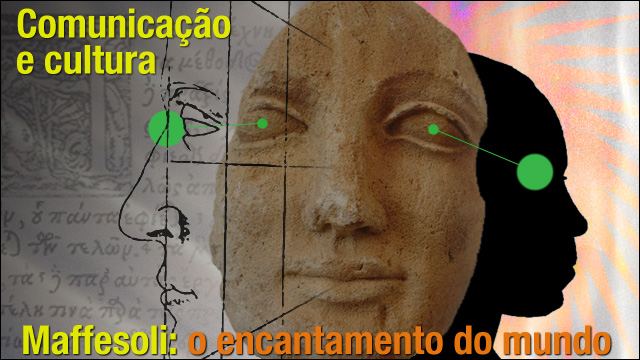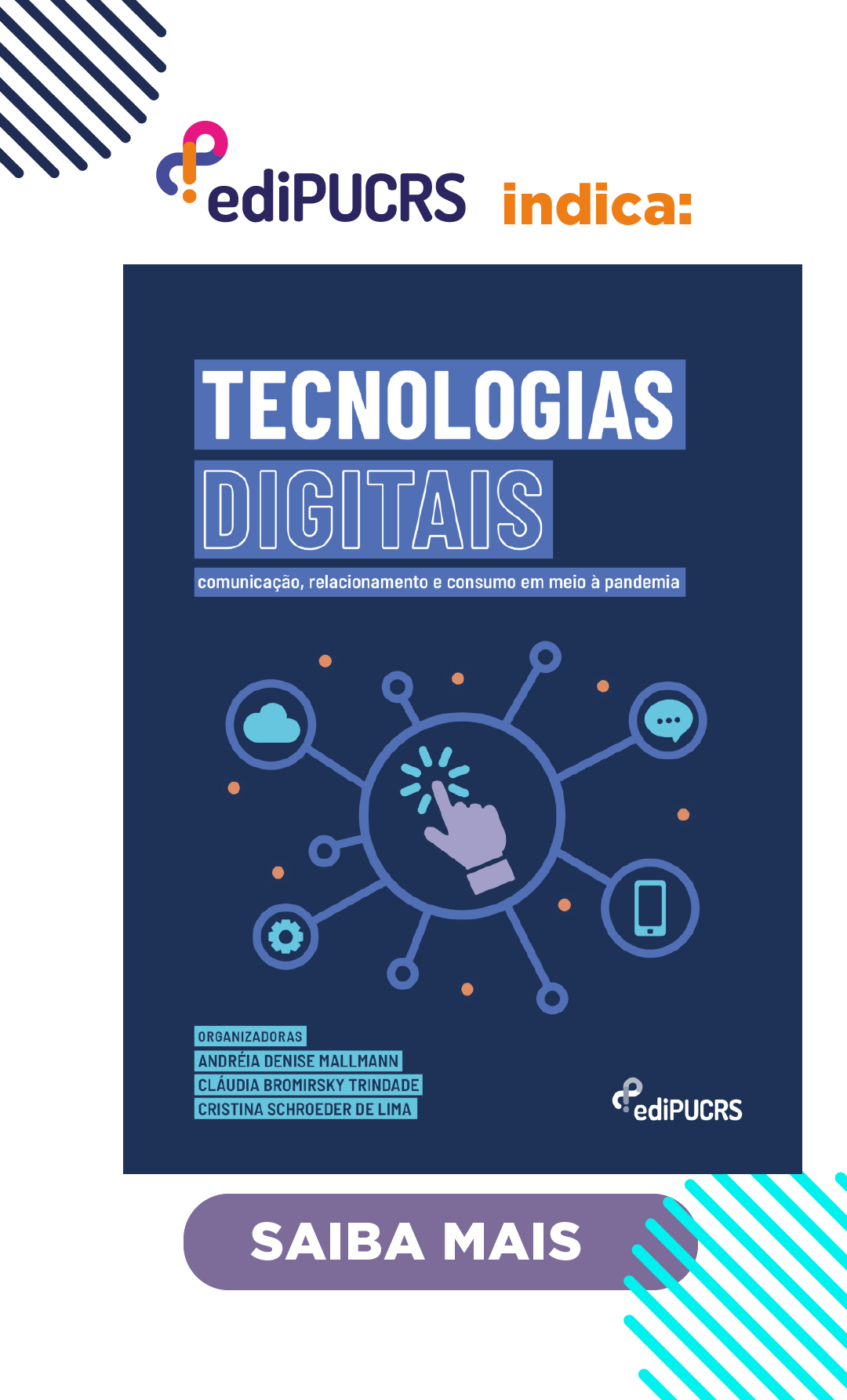Invisibleevidence – BlowJob, avant-garde, documentaryand pornography
DOI:
https://doi.org/10.15448/1980-3729.2011.2.9470Keywords:
Documentary, pornography, Andy WarholAbstract
This essay intends to reflect on the dialogue documentary domain and pornography focusing on the principle of the maximum visibility, common to both domains. In order to approach such dialogue – its strength, limits and implications – we will analyze BlowJob (Andy Warhol, 1963/64), a film that is neither a documentary nor pornography, but interacts wit both generic traditions. Intensified by what Linda Williams defines as frenzy of the visible, the principle of the maximum visibility is the key element to convey the reality authority of both genres (an effect central to their aesthetic and cultural experience). BlowJob both reinforced and questioned such principle by producing what I’d like to call an invisible evidence.Downloads
References
ABREU, Nuno Cesar. O olhar pornô: a representação do obsceno no cinema e no vídeo. Campinas: Mercado
das Letras, 1996.
ATTWOOD, F. ‘No Money Shot? Commerce, Pornography and New Sex Taste Cultures’. Sexualities, v. 10, n. 4, p. 441-456, 2007.
BALTAR, Mariana. Realidade lacrimosa: diálogos entre o universo do documentário e a imaginação melodramática. Tese (Doutorado em Comunicação Social) – Curso de Pós-Graduação em Comunicação, Universidade Federal Fluminense, Rio de Janeiro, 2007.
BARTHES, Roland. The Reality Effect. In: BARTHES, Roland. The Rustle of Language. NewYork: Hill and Wang, 1986.
COOK, Roger. Andy Warhol, Capitalism, Culture, and Camp. Space and Culture, v. 6, n. 1, 2003.
FOUCAULT. Michel. História da sexualidade 1. A vontade do saber. Rio de Janeiro: Graal, 1979.
______. História da sexualidade 2. O uso dos prazeres. 12. ed. Rio de Janeiro: Graal, 2007.
GRUNDMANN, Roy. Andy Warhol’s Blow Job. Philadelphia: Temple University Press, 2003.
HUNT, Lynn A. Invenção da Pornografia. São Paulo: Hedra, 1999.
KENDRICK, Walter. The Secret Museum. Pornography in modern culture. Berkely: University of California Press, 1996.
MARTIN-BARBERO, Jesús. Dos meios às mediações: comunicação, cultura e hegemonia. Rio de Janeiro: EdUFRJ,
MELENDEZ, Franklin. Video Pornography, Visual Pleasure and the return of the sublime. In: WILLIAMS, Linda (Org.). Porn Studies. Durham: Duke University Press, 2004.
MORAES, Eliane Robert. Lições de Sade. Ensaios sobre a imaginação libertina. São Paulo: Iluminuras, 2006.
NAVARRO, Vinicius. Ordinary Acts: performance in non fiction film. 1960-1967. Tese (Doutorado) – New York University, New York, 2005.
NICHOLS, Bill. Representing Reality. Bloomington: Indiana University Press, 1991.
______. Ideology and the Image. Social representation in the cinema e other media. Bloomington: Indiana University Press, 1981.
OSTERWEIL, Ara. Andy Warhol’s Blowjob: toward the recognition of a pornographic avant-garde. In: Williams, Linda (Org.). Porn Studies. Durham: Duke University Press, 2004.
SINGER, Ben.Melodrama and modernity. Early Sensational Cinema and Its contexts.New York: Columbia University Press, 2001.
SONTAG, Susan. A vontade radical. Rio de Janeiro: Cia. das Letras, 1987.
WILLIAMS, Linda. Hard Core: Power, pleasure and the frenzy of the visible. University of California Press, 1999 [1ª edição em 1989].
______. (Org.). Porn Studies. Durham: Duke University Press, 2004.
______. Film Bodies: gender, genre and excess. In: BRAUDY, Leo; COHEN, Marshall (Eds.). Film theory and criticism. Oxford University Press, 2004b [artigo escrito em 1991].
VILLIERS, Nicholas de. How much does it cost for cinema to tell the truth of sex? Cinéma vérité and sexography. Sexualities, v. 10, n. 3, p. 341-361, 2007.
Downloads
How to Cite
Issue
Section
License
Copyright
The submission of originals to Revista Famecos implies the transfer by the authors of the right for publication. Authors retain copyright and grant the journal right of first publication. If the authors wish to include the same data into another publication, they must cite Revista Famecos as the site of original publication.
Creative Commons License
Except where otherwise specified, material published in this journal is licensed under a Creative Commons Attribution 4.0 International license, which allows unrestricted use, distribution and reproduction in any medium, provided the original publication is correctly cited.






